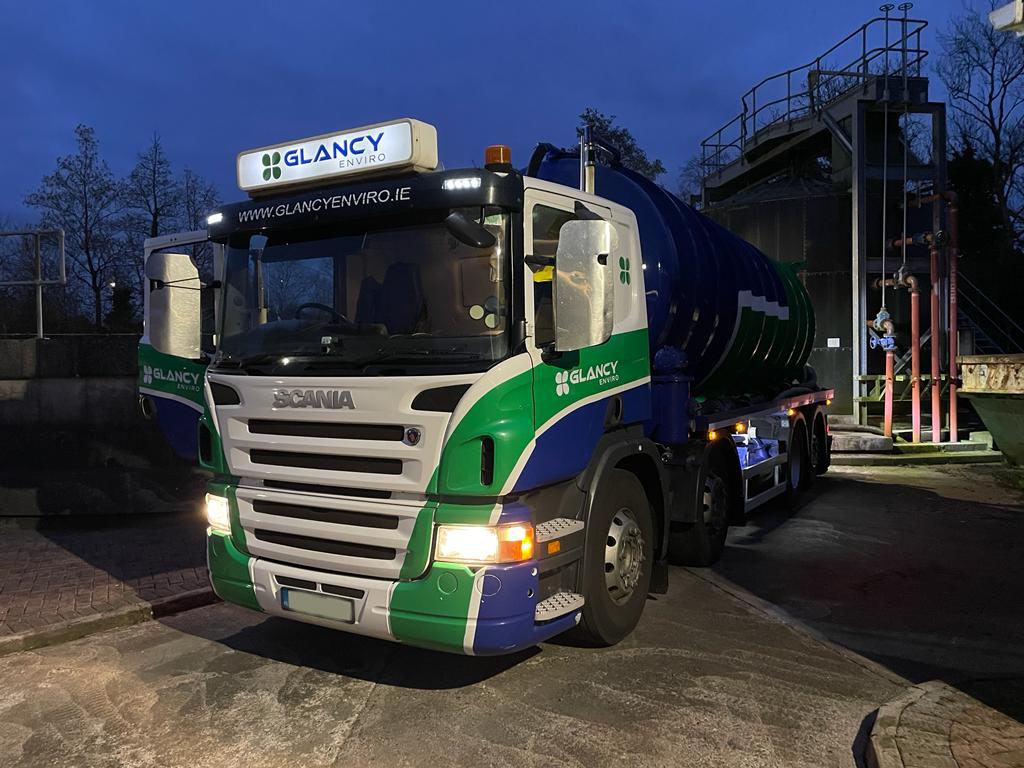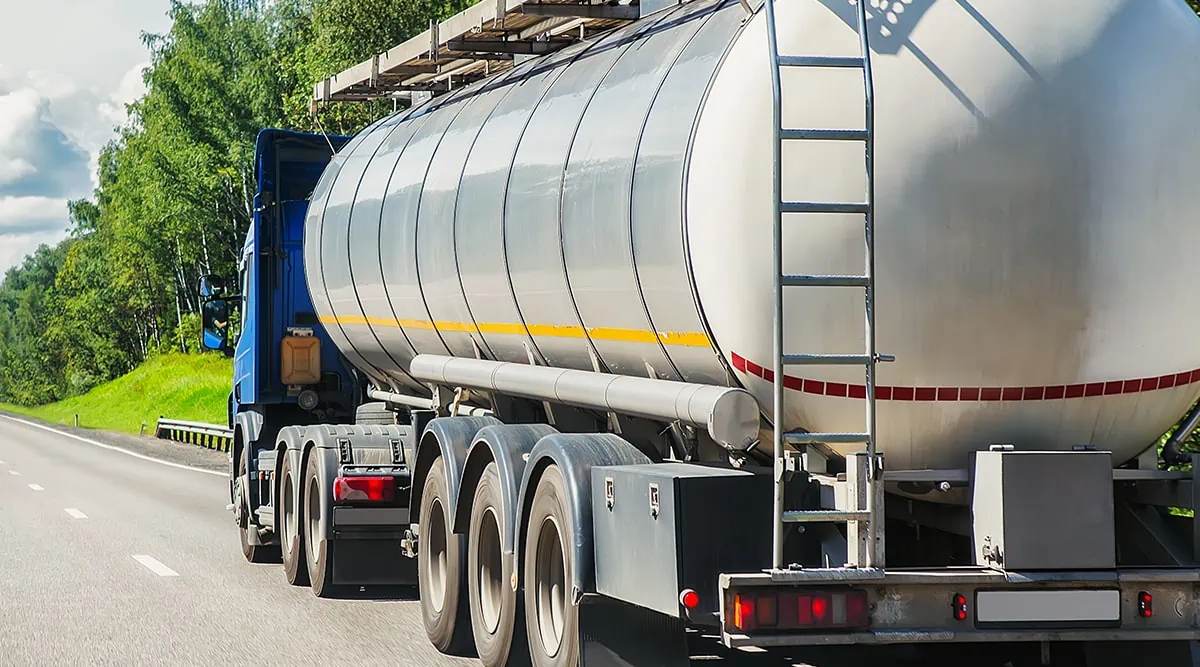The Facts About Reclaim Waste Revealed
The Facts About Reclaim Waste Revealed
Blog Article
The Greatest Guide To Reclaim Waste
Table of ContentsRumored Buzz on Reclaim WasteThe Best Strategy To Use For Reclaim WasteUnknown Facts About Reclaim Waste7 Easy Facts About Reclaim Waste DescribedThe 3-Minute Rule for Reclaim Waste
Check out the kinds, occurrences, and kinds of liquid waste. Residential sewage waste describes the waste and products from a domestic septic system. This type of waste is developed by humans in homes, institutions, and other buildings. This only consists of sewage-disposal tanks that have a drainpipe area. The appropriate monitoring and disposal of domestic sewer waste need liquid waste to be moved to a sewage therapy plant where the correct techniques and tools are related to purify and get rid of waste.
Business waste commonly includes prospective dangers, such as combustible products or a combination of liquid and solid waste items, and calls for a more sophisticated and thorough disposal process. The disposal of business waste generally includes the filtering of waste before transportation to ensure safe and correct disposal. Hazardous waste is developed from byproducts and runoff of industrial processes and production.
This kind of waste can not utilize the same sewage administration transport or processes as septic or industrial liquids. The hazardous waste management process requires the inspection and testing of liquid waste prior to it undertakes the disposal procedure (liquid waste removal melbourne). Drainage waste is the liquid waste that originates from drainage and excess stormwater in extremely inhabited areas or cities
Drainage waste can create contamination and flooding if not dealt with properly. Making sure correct waste management can avoid disasters and lower ecological damage.
The 5-Minute Rule for Reclaim Waste
Contact PROS Providers today to discover our waste administration and disposal solutions and the appropriate means to take care of the fluid waste you generate.
(https://slides.com/reclaimwaste1)Do you know what takes place to your water when you disengage, flush the bathroom or drain the cleaning device? No? Well, it deserves understanding. This supposed 'wastewater' is not only a crucial resource yet, after treatment, will certainly be released to our land, rivers or the ocean. Made use of water from bathrooms, showers, bathrooms, kitchen area sinks, laundries and industrial procedures is called wastewater.

water used to cool down equipment or clean plant and tools). Stormwater, a form look here of wastewater, is overflow that flows from agricultural and city locations such as roof coverings, parks, gardens, roadways, courses and seamless gutters right into stormwater drains pipes, after rain. Stormwater flows neglected straight to neighborhood creeks or rivers, ultimately getting to the sea.
The Only Guide for Reclaim Waste
In Queensland, many wastewater is dealt with at sewer therapy plants. Wastewater is carried from residential or commercial websites through a system of drains and pump stations, called sewage reticulation, to a sewer therapy plant. Neighborhood federal governments construct, maintain and run most sewage therapy plants. Operators are licensed under the Environmental Management Act 1994 to release treated wastewater at an appropriate ecological requirement into waterways.
The Department of Natural Resources advises regional governments regarding handling, operating and keeping sewerage systems and therapy plants. In unsewered areas, city governments may need owners to set up individual or house sewer treatment systems to deal with residential wastewater from toilets, cooking areas, shower rooms and laundries. The Division of Natural Resources authorises the use of household systems when they are proven to be reliable.
In some new subdivisions, treatment of some stormwater to eliminate trash, sand and crushed rock has actually started making use of gross contaminant traps. Wastewater therapy happens in 4 stages: Gets rid of solid matter.
Wastewater after that flows right into large tanks where solids resolve and are removed as sludge. Oil and residue are skimmed from the surface. Uses little living organisms referred to as micro-organisms to break down and remove remaining liquified wastes and great particles. Micro-organisms and wastes are integrated in the sludge. Removes nitrogen and phosphorus nutrients that might trigger algal blooms in our rivers and threaten aquatic life.
The 3-Minute Rule for Reclaim Waste
Nutrient elimination is not readily available in all sewage treatment plants because it requires expensive specialist equipment. It is becoming much more typical in Queensland. Clear liquid effluent produced after therapy might still have disease-causing micro-organisms. If this effluent is launched into waterways such as rivers or the sea, the micro-organisms will eventually die out.

Many wastewater flows right into the sewerage system. Under the Act, regional governments administer authorizations and licences for environmentally pertinent activities (ERAs) entailing wastewater releases that could have a local influence.
Unknown Facts About Reclaim Waste
Otherwise, samples are considered research laboratory analysis. Usually many tests are required to develop the levels of each of the various toxins such as oils, hefty steels and pesticides in water. Tracking supplies factual info regarding water top quality and can validate that licence conditions are being met. The info acquired via surveillance gives the basis for making water top quality decisions.
Report this page